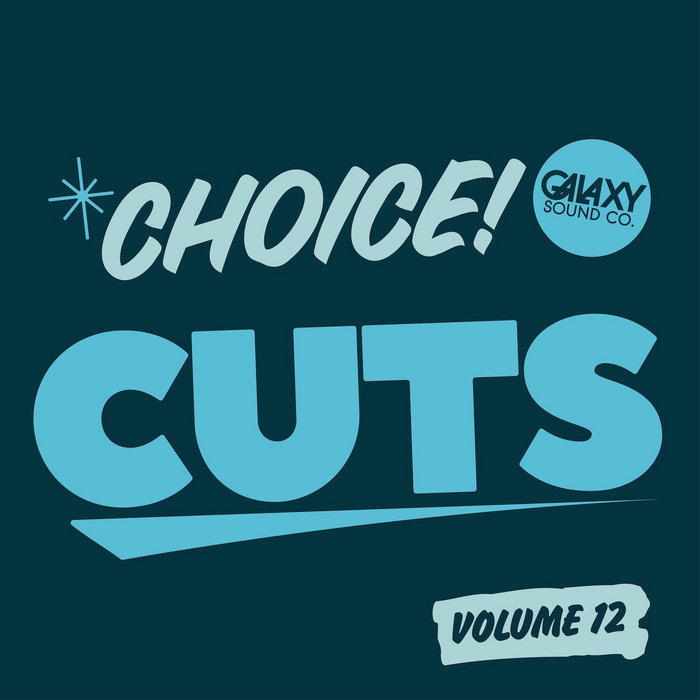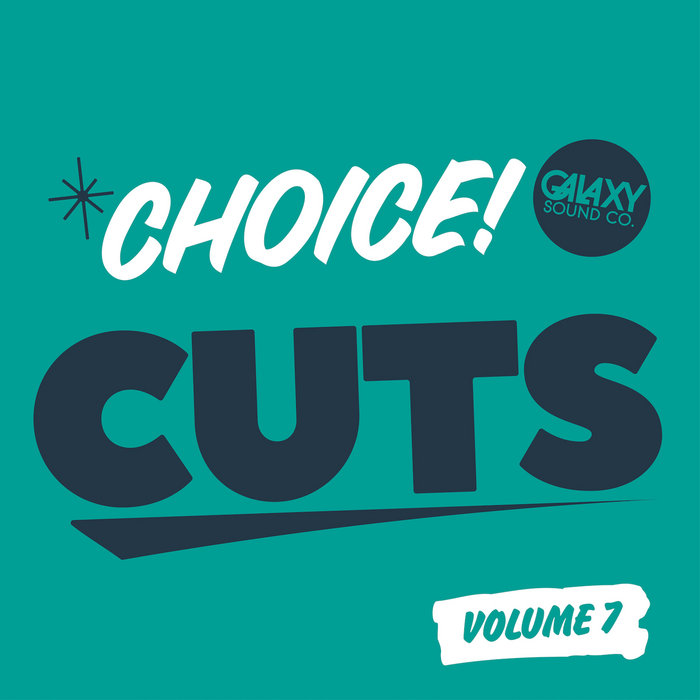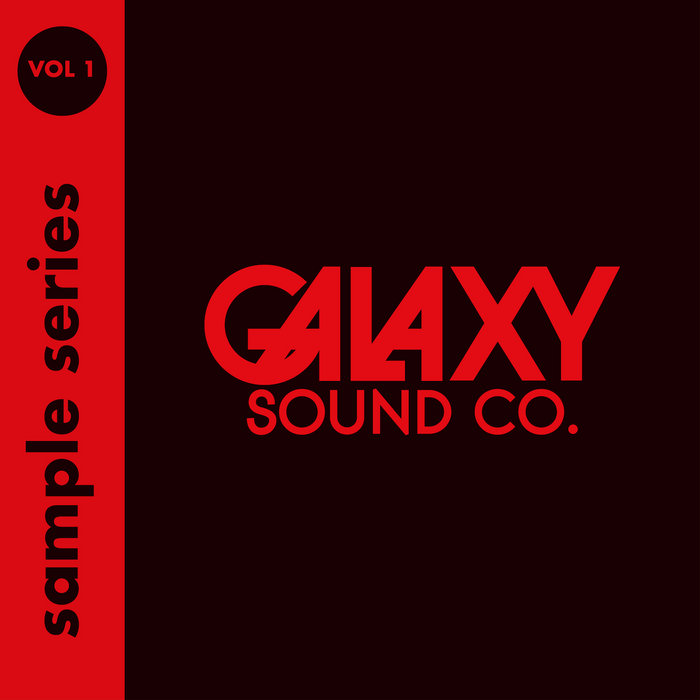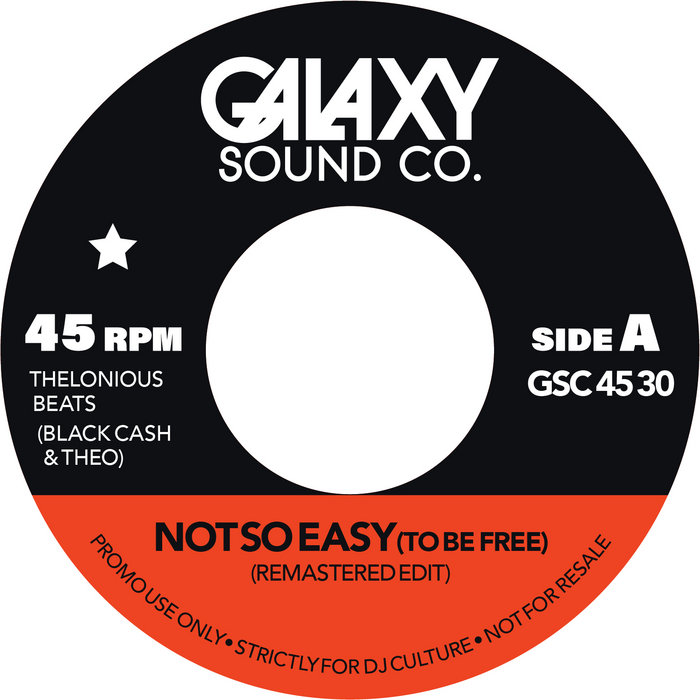
Enchanted ” – various
this blog is GROOVY – check out great Soul, Funk, Jazz, Hip Hop, Bass, Breaks , Reggae, House n many more TUNES
Funk edits are like the funky cousin who crashes your family BBQ with a boombox and a whole lot of personality. Born from disco, hip-hop, and soul, funk edits take the grooves we love and remix them into something fresh and dance-worthy. So let’s dive into this colorful history filled with laughter, rhythm, and plenty of syncopated beats!
Let’s rewind back to the 1960s when James Brown was tearing up stages with his electrifying performances. You could almost hear the birth of funk in those catchy riffs that made folks move their feet! Songs like “I Got You (I Feel Good)” brought energy that was impossible to resist.
Meanwhile, artists like Sly Stone with “Dance to the Music” were adding a splash of psychedelic color to an already rich musical tapestry. These guys were laying down some heavy rhythms that would serve as fertile ground for future generations.
But in this great musical garden about to bloom, funkiest seeds turned out to be planted by George Clinton’s Parliament-Funkadelic collective. They took funk into cosmic realms—ever seen someone perform onstage dressed as a space alien? Well, they have!
Fast forward into the late ’70s where disco ruled—but hold up! What happens when you mix DJ culture with funky classics? Enter: funk edits! DJs became wizards behind turntables slicing tracks apart and putting them back together in ways no one had ever imagined.
DJs began creating extended mixes that let every groove breathe—think longer instrumental breaks for people to dance their hearts out! This vibe led crews across cities like New York & Los Angeles embracing remix culture extensively.
Did you know that DJ Kool Herc—the man credited for pioneering hip-hop DJing—was originally known as “The Father of Hip-Hop”? He’d spin records in parties while breaking down sick beats so people could groove all night long. His sister offered him $50 just not to play at her birthday party because she wanted her friends’ ears intact after hearing his loud sets!
As the ’80s rolled around funky sounds exploded onto radio waves through groups like Kool & The Gang and Earth Wind & Fire; however it wasn’t just new songs getting airplay—it was also those groovy tapes being reworked behind closed doors!
You might catch clubgoers doing wild moves during “September” or “Celebration,” but there’s also history swirling underfoot where musicians underwent endless sampling battles fueled by new tech synthesizers; it all morphed classic tunes right before our eyes until everything felt brand-new again!
Another side note—a little amusing moment involved Prince recording his smash hit “Kiss.” Legend has it he wrote it without even setting foot inside a studio initially! That’s right folks; sometimes pure genius is birthed from spontaneity over structure—even if you’re robed flamboyantly sitting atop lavender cushions strumming away magic on guitar strings.
Fast-forwarding straight past big hair bands leads us deep into today. From modern producers sampling vintage vinyl records—think Daft Punk or Mark Ronson—to everyday DJs whipping up delightful blends at local clubs; funk edits continue gracing our playlists incessantly constructing infinite layers upon beloved anthems leaving everyone feeling good vibes only.
And what do we plug these vibes onto? Platforms such as SoundCloud have become havens for emerging artists taking older cuts giving them shiny makeovers jam packed full of freshness guaranteed make anyone shake ya booty off hard till dawn break across another dazzling day ahead!
One minor funny thing lies within famous producer KAYTRANADA—who often jokes about sounding “like 10 different dudes” when making music alone since he identifies different personalities showing through different styles collected alongside various influences stemming everywhere from house beats mixed uniquely around finesse within diverse genres put forth brilliantly radiating coolness galore—all while managing keep things light-hearted too cause why not?
Whether you’re shaking your hips at home or bustin’ moves out on a packed dance floor—it’s undeniable how much joy comes from all these funki-freshed-up tracks fueling unexpected connections between generations old yet young alike echoing fervently throughout offices city blocks Saturday night lights shining endlessly bright illuminating paths towards jubilant euphoria drawn together anchored firm roots laid down decades before hand via incredible creativity dodging mainstream monotony any time possible evermore expanding horizons deeper still forming vibrant community committed keeping things downright lively flourished along spontaneous rhythms drenched brilliance given breath life once more!!
So whenever you’re feeling low or need some groove therapy—you know where to find those funky gems remixed perfectly waiting upon spider-webbed crates dusty shelves stirring soulful joy resonating tirelessly wherever shared happiness exists eternally blooming dancin’ flowers unchained planet earth kept alive pulsating heartbeats forever intertwined united spreading joy vibes uniting kindred spirits worldwide beyond boundaries borders itself embody pure essence embodiment good-times revelry served hot SPOONED RIGHT UP FROM THRONE GROOVY FUNK EDITS EVERYWHERE!!!
Now go on buddy… press play & let loose 😉🎶

Enchanted ” – various

Super – Super – Strut – Various

Quit Jive Edit / Funk Breaks * – Various

Not SO Easy / Our Lives Are Edits remastered DIGITAL – GalaxySoundCo